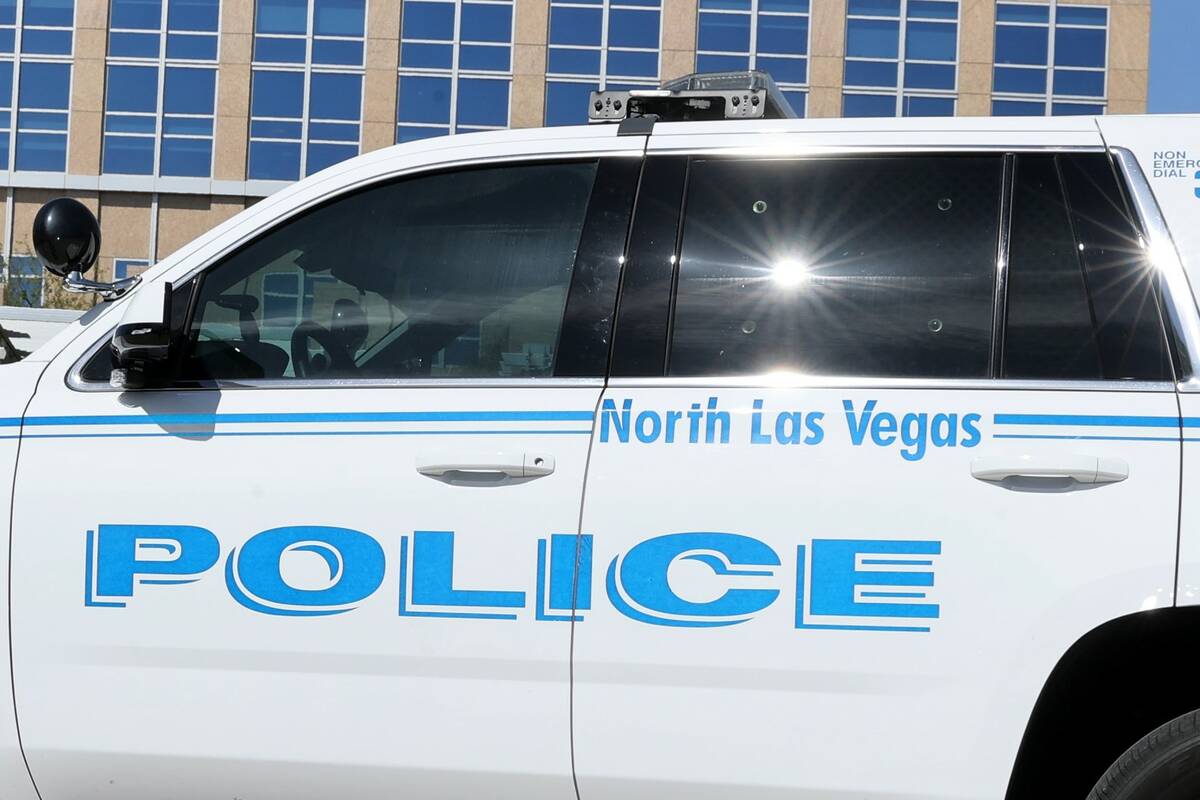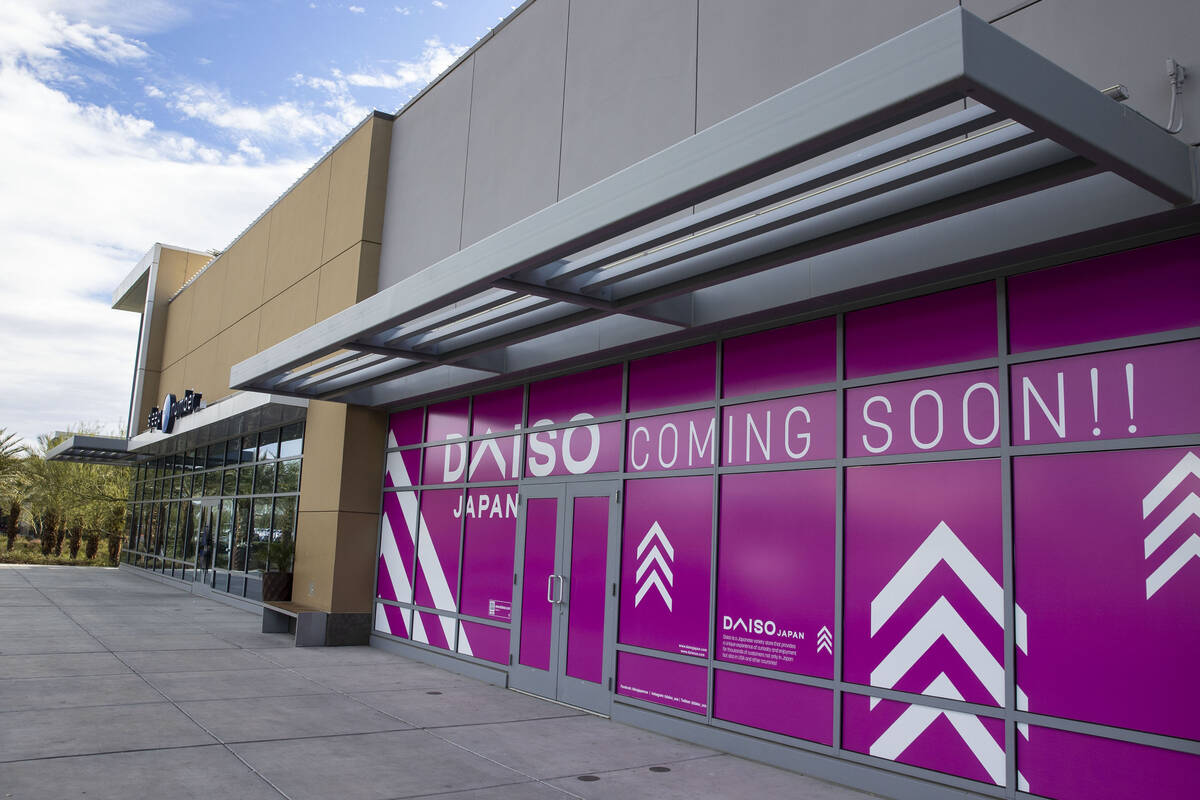Las Vegas, one of the country’s three most popular travel destinations, may be making a comeback sooner than some think.
Experts have told the Las Vegas Sun that pent-up travel demand and fears of getting ahead will continue to grow as the two vaccines for COVID-19 are distributed to staggered populations across the country – and two more appear to be on the way to a plane lose weight.
ADVERTISING
“There is clearly excitement for what a successfully implemented vaccine roll-out could do for the Strip,” Barry Jonas, an analyst for the games industry for investment firm SunTrust Robinson Humphrey, told the Sun. “The question is when will people be comfortable?”
Mark Vitner, a Wells Fargo economist who tracks Las Vegas and other regional economies in the Southwest, is even more optimistic. Vitner actually told the newspaper that he expected tourism to make a noticeable return in a few weeks.
“From February we see a strong recovery, at least in leisure traffic,” said Vitner. “I think we have the scariest part of all of this behind us. Things are getting better and better. “
Trendy right now
That would be welcome news for Las Vegas, which closed for three months last year at the height of the pandemic, and although the city reopened, it did so with restrictions and reduced capacity in casinos, hotels, restaurants and more.
In 2019, 42 million tourists visited Las Vegas; only 18 million came to the city in the first 11 months of 2020.
Steve Hill, President and CEO of the Las Vegas Convention and Visitors Authority (LVCVA), said he was optimistic but realistic.
“As soon as we get into May and June, I think the city will feel like it normally is,” said Hill. “The room rates may not be that high, but it will be different. [In] we will see a strong recovery in the second half of 2021. “
“When we work with companies like MGM. speak [Resorts International], there is a certain conservatism about the pace of recovery, ”said Jonas. “It won’t just snap its fingers and everything will be back. Conferences will have a mix of personal and virtual components, and it can be assumed that companies will be careful when sending employees to conferences. “













